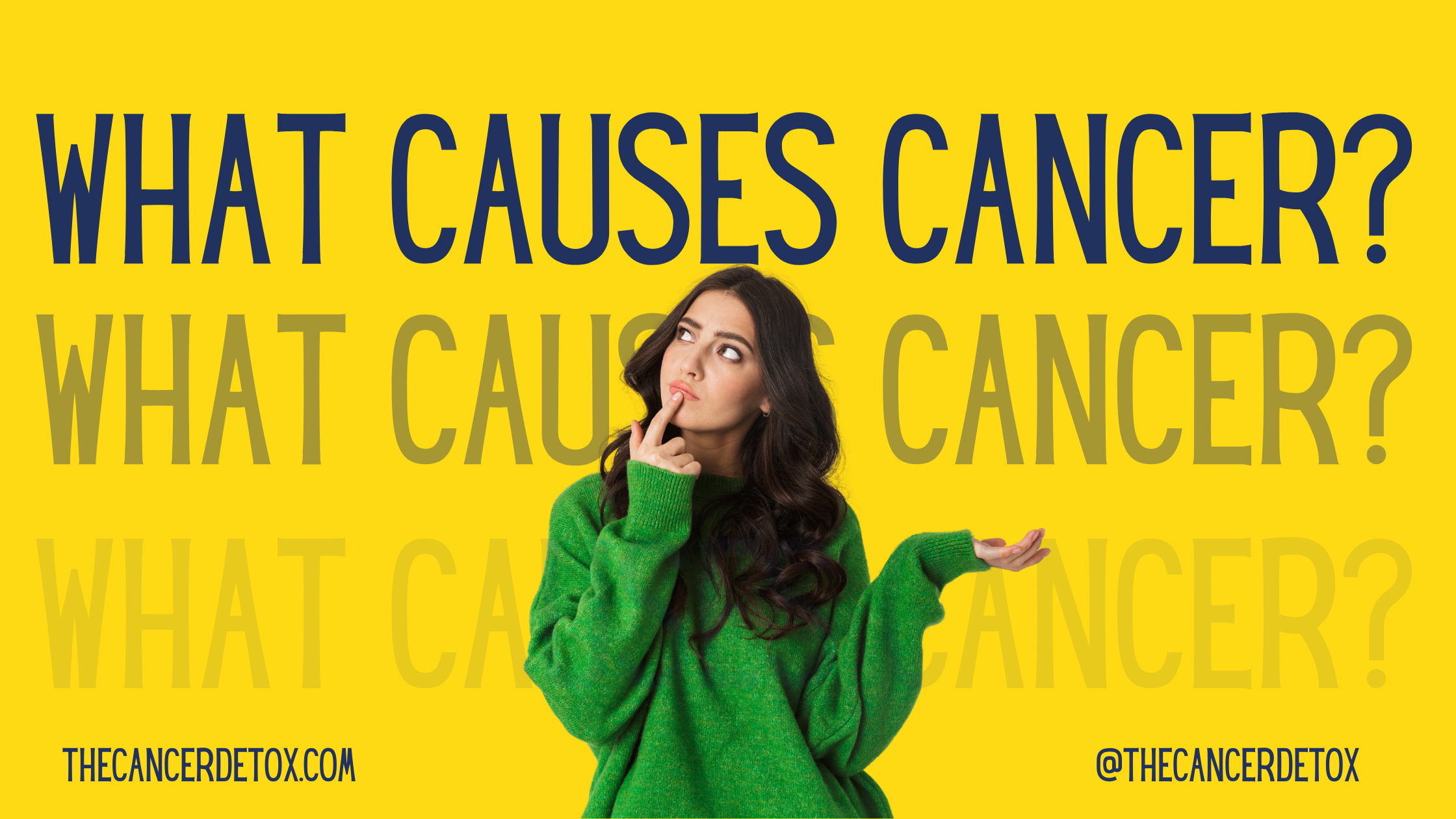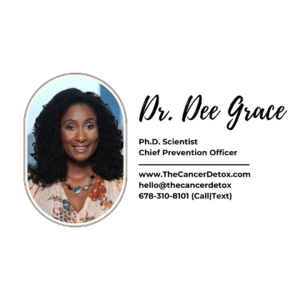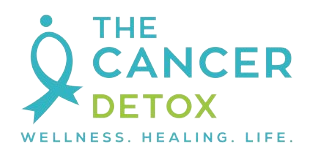
Cancer Basics: What Causes Cancer?
WHAT CAUSES CANCER?
How Physical Activity, Diet, and Environmental Toxins
Affect Cancer Risk (updated March 2025)

Causes of cancer
INTRODUCTION
Have you been wondering what really causes cancer? One just has to go back to their high school or college biology class and remember the structure of the human cell. At the center of it is DNA. It is this genetic material that not only encodes how your future generations will look but is at the root of the causes of cancer.
Mutations in the DNA, which can accumulate through the decades of ones life, and are mostly caused by exposure to environmental toxins, alcohol, ultra-processed foods, tobacco, and high carbohydrate diets, is the reason cells become cancerous. Most people know tobacco smoking is linked to lung cancer but it’s also known to cause head and neck cancers, such as those of the mouth and throat. Smoking and second-hand smoke are major risk factors in causing damage to our body’s DNA.
In this article update, we’ll discuss the simplest lifestyle modifications that have been shown to significantly reduce the risk of many types of cancers.
HELPFUL RESOURCES
Get more helpful resources from our Health Coach and Scientist Dr. Dee Grace, PhD here:
- Learn about the foods that prevent cancer in our articles 10 Foods that Prevent Cancer and 6 Foods for Cancer Prevention
- Learn about breast cancer survival in our articles 4 Tips to Improve Breast Cancer Survival, The Breast Cancer Diet that Increases Survival, and download our FREE breast cancer survival kit that includes questions to ask your doctor, 8 tips to help lower your risk of a new or recurring breast cancer diagnosis and 3 days of easy plant-based recipes
- Learn about colon cancer survival in our articles Prevent a Colon Cancer Recurrence and The Optimal Colon Cancer Diet
Now back to the article…
PHYSICAL ACTIVITY
Want to reduce your risk of the most common cancers like colon and breast? Then the simplest thing you can do is get physically active. And even the less common cancers, such as bladder and esophageal, have convincing evidence of reduced risk with more physical activity that one does. Physical activity is one of the easiest things for most people to implement in their daily lives because it includes most types of human movement, such as walking, running, biking, rowing, household chores, gardening, strength training, swimming, and group exercise activities (e.g., basketball, soccer).
You want to limit the amount of physical inactivity, which is any type of sedentary activity such as sitting at a desk, watching t.v. and driving for prolonged periods of time. If you are an office worker investing in a desk set-up that allows you to stand during the day, such as this cheap standing desk converter on Amazon, also helps reduce the time being physically inactive
So if you’re asking “how to prevent cancer” get moving because the latest science is convincing:
- Pre-menopausal Breast Cancer:
- 17% lower risk with vigorous physical activity [6 or more metabolic equivalent of tasks (MET)] that was statistically significant
- 7% – 27% lower risk with any type of physical activity (including recreational and occupational) that was not statistically significant [1]
- Post-menopausal Breast Cancer:
- 10% lower risk with vigorous physical activity
- 13% lower risk with any type of physical activity (including recreational and occupational) that was found to be statistically significant [1]
- Breast Cancer Survivors:
- 40% lower risk of death from breast cancer by being the most physically active [2]
- Colon Cancer:
- 20% lower risk with any type of physical activity that was found to be statistically significant [3]
- Colon Cancer Survivors:
- 30% lower risk of death by being physically active [2]
Why does physical activity lower the risk of cancer? There are many theories, and here are the ones that are most common ones:
- Lower body fat, specifically in the liver, visceral (abdomen) and subcutaneous fat
- Lowers the levels of insulin in the blood. Type II diabetes is a risk factor for cancer, so keeping insulin levels low is important
- Lowers the level of estrogen in women, which can be a risk factor for certain cancers
- Lowers the levels of inflammation in the body
- Increases the amount of vitamin D (if exercising outdoors)
Food, Alcohol, and Tobacco
Collectively this group of lifestyle factors is estimated to cause about 70% of cancers. This may be a surprise that this high of a percentage of cancers are caused by lifestyle. We discussed tobacco smoking above, now let’s look at alcohol and food. Alcohol and cancer have been linked although there have been many conflicting studies on if it truly causes cancer, especially when it comes to breast cancer. What is known is that stronger alcoholic drinks can lead to cancers of the esophagus, liver, and pancreas.
Junk foods, such as sugar sweetened beverages (SSB), have been linked to cancer. A recent study found that adding 100 milliliters of SSB a day can increase the risk of breast cancer by 18%. High sugar diets can cause blood sugar levels to increase, increase the amount of fat being stored around vital organs (e.g. pancreas, liver), and increase inflammation in the body. All of these factors have been linked to cancer. (https://www.sciencedaily.com/releases/2019/07/190710193917.htm)
VIRUSES AND BACTERIA
Certain infections with microorganisms have been linked to causing 10% of all cancers. Cancer-promoting viruses include the human papillomavirus (HPV) which is the most common cause of cervical cancer. There are a couple of HPV virus types that can not only cause cervical cancer, but vaginal, vulvar, and cancer of the penis. Certain liver cancers are caused by hepatitis C virus and non-Hodgkin’s lymphoma may be associated with Epstein-Barr virus.
HEREDITARY FACTORS
Hereditary factors, which can be linked to DNA mutations, account for 10% of all cancers. The most common hereditary cancer spoken about in the news is breast cancer. While the genes that cause breast cancer, brca1 and brca2, are estimated to cause less than 10% of breast cancers, it gets a lot of news. However the number is relatively small as compared to other lifestyle factors.
Other cancers that are known to be due to hereditary factors are familial polyposis coli which causes polyps in the large bowel and Li-Faumeni syndrome which causes people to be pre-disposed to more cancers.
ENVIRONMENTAL FACTORS
Environmental factors cause about 5% of all cancers. This includes X-rays and radioactive materials (e.g. radium), industrial cancer-causing agents, etc.
OTHER FACTORS
These other factors include things like aging, hormones impact of ageing and how this can create an environment, and race.
ABOUT US
 Hi! I am Dee Grace Ph.D., Scientist and Health Coach based in Atlanta, Georgia, USA. The Cancer Detox helps cancer patients and preventers (people who want to prevent):
Hi! I am Dee Grace Ph.D., Scientist and Health Coach based in Atlanta, Georgia, USA. The Cancer Detox helps cancer patients and preventers (people who want to prevent):
- Learn the cancer-fighting foods and supplements, in the right amounts, that can prevent a new or recurring cancer,
- Get better care from their doctors during their cancer treatment process to help improve their survival outcomes and
- Reduce the financial burden of cancer treatment with ways to lower treatment costs
If you are a cancer patient Schedule a complimentary call (click here) with me now to discuss how to reduce your financial burden and get a list of questions every patient needs to ask their oncologist.
Check out my latest book “Cancer Prevention: Diet and Lifestyle Factors that Reduce Your Risk” that includes 24 Prevention Habits focused on a cancer diet for prevention, and over 40 cancer prevention guidelines for fighting breast, lung, colon, and prostate cancers.


